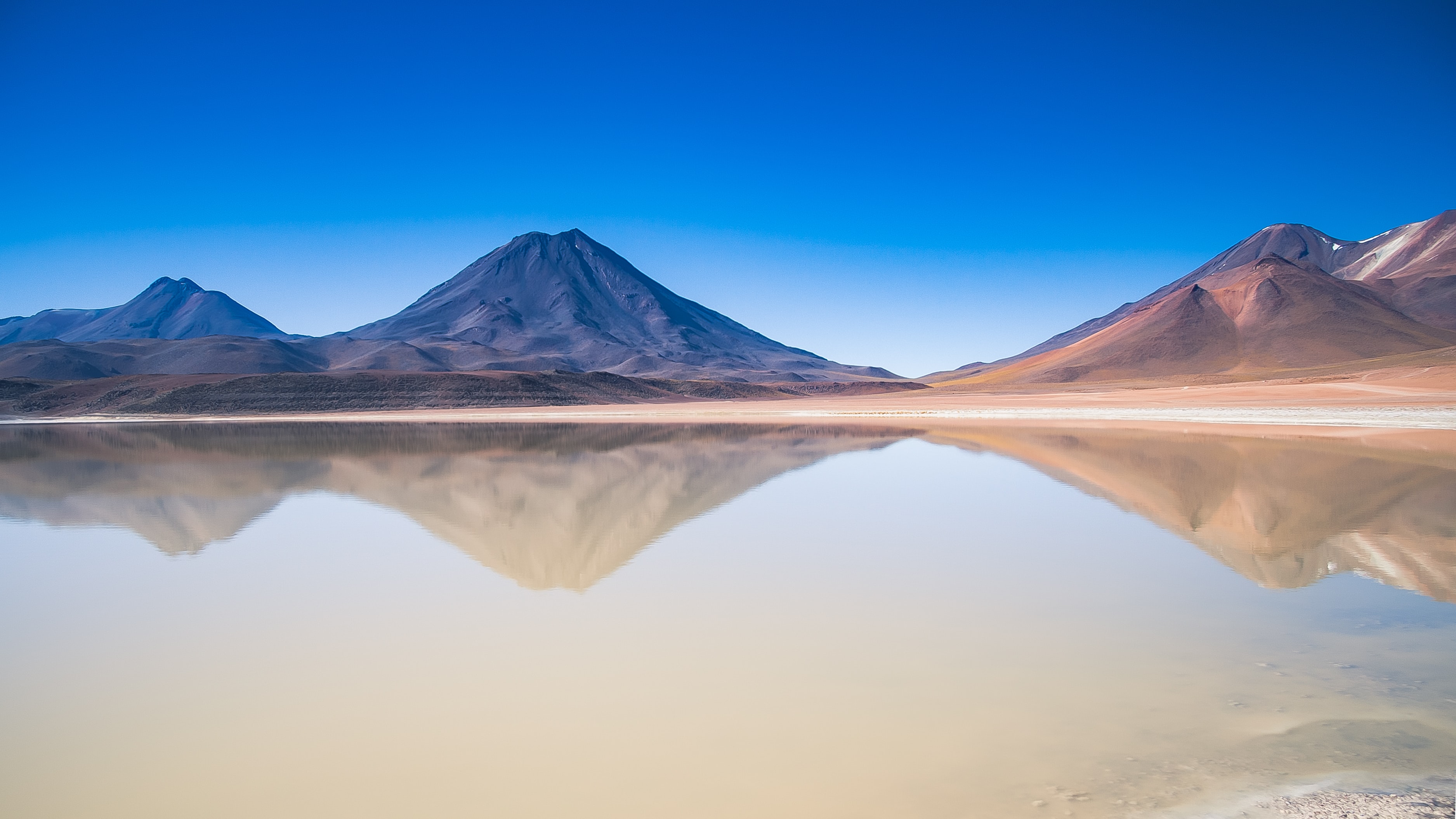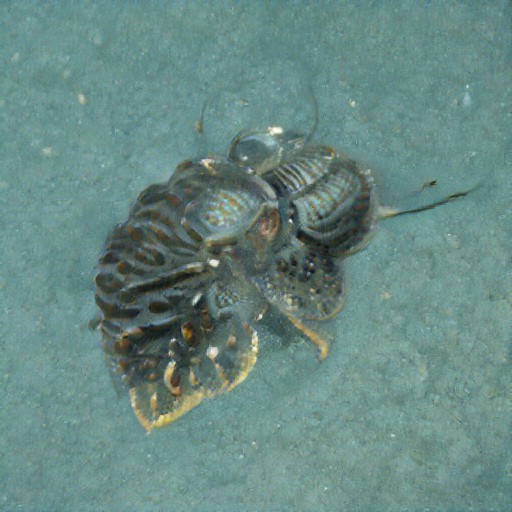Nacreous Archipelago
The Nacreous Archipelago is a unique environment located in Southern A cube. The signature features of the Nacreous Archipelago are its quartz-rich granite islands, milky seas, and numerous species of shell-bearing sea life - all of which shimmers with pearlescent light when exposed to the mildly radioactive sunlight.
Geography
The Nacreous Archipelago features rich deposits of silicon and calcium, much of which has crystalized over time. The islands of the Nacreous Archipelago are primarily granite in compostion, with wind, rain, and ocean currents polishing the lightly-colored coastal formations to a dull lustre before eventually weathering them down into off-white beach sand. Notably, the islands on Southern A5 are comprised mostly of this sand; this is likely due to the face's lower stone-forming activity due to its proximity to Southern F, which is itself close to the geologically inactive Ventral Tesseract.
Jumbles of quarts fragments can be found further inland on the larger islands, causing the terrain to sparkle when viewed from the air. This sparkling effect is amplified by the region's natural particle radiation which, when it strikes certain trace elements in the stone, lends the terrain a dull glow.
Fauna & Flora
Surface vegetation is sparse in the Nacreous Archipelago, consisting mostly of tropical and sub-tropical plants (i.e. palm trees). While the natural radiation of the Southern Tesseract is not so intense that it represents a threat to prepared visitors, there is a notably higher mutation rate and lower birth rate among diurnal land creatures. The moisture of the region's air - owing to the proximity of the Western Tesseract - does provide some protection for surface-dwellers, though most terrestrial animals in the Nacreous Archipelago are either semi-aquatic (i.e. otters) or burrow beneath the rocky surface for protection (i.e. lizards).
Over time, the same erosive processes which polished the surface stone have caused large amounts of calcium- and silicon-rich sediment to be shed into the ocean, where the water has taken on a milky appearance as a result. These minerals have found their way into the aquatic ecosystems of the Nacreous Archipelago, which, coupled with water's natural ability to attenuate particle radiation, has resulted in an environment rich with certain types of sea life. Corals, cephalopods, bivalves, plankton, crustaceans, and other creatures swim beneath the pearly surface of the Nacreous Archipelago's waters. At night, phosphorescent algae form glowing bands and false star fields across the surface of the water, with some species deriving sustenance by converting the low-level radiation into light for use in photosynthesis.
Tourism
While the environmental radiation of the location is well-documented, the dosage is relatively low, and most of it comes in the form of particles which are readily absorbed by skin or thick clothing. An exposed individual is unlikely to be poisoned except through long-term exposure, and the risks can be further ameliorated with proper protection. Still, no permanent settlements in the region have been established, as few colonists are willing to accept the slightly increased chances of cancer, mutation, or birth defects.


by Kevin Wolf
Seasonal resorts have been constructed in the Nacreous Archipelago by members of the Burning Hearts Social Club. These resorts primarily serve as research outposts and sightseeing locations. Pykrete (in winter) or water-filled inflatable structures mitigate some of the radiation exposure on land, while glass-domed underwater observatories have been built just off the coasts. Air and water from the outside is filtered and allowed to stand in underground 'cooldown' reservoirs to further reduce environmental exposure from irradiated particulate. Due to these precautions, visitors in the resorts can safely remain in the Nacreous Archipelago indefinitely.
Type
Archipelago
Location under





Comments